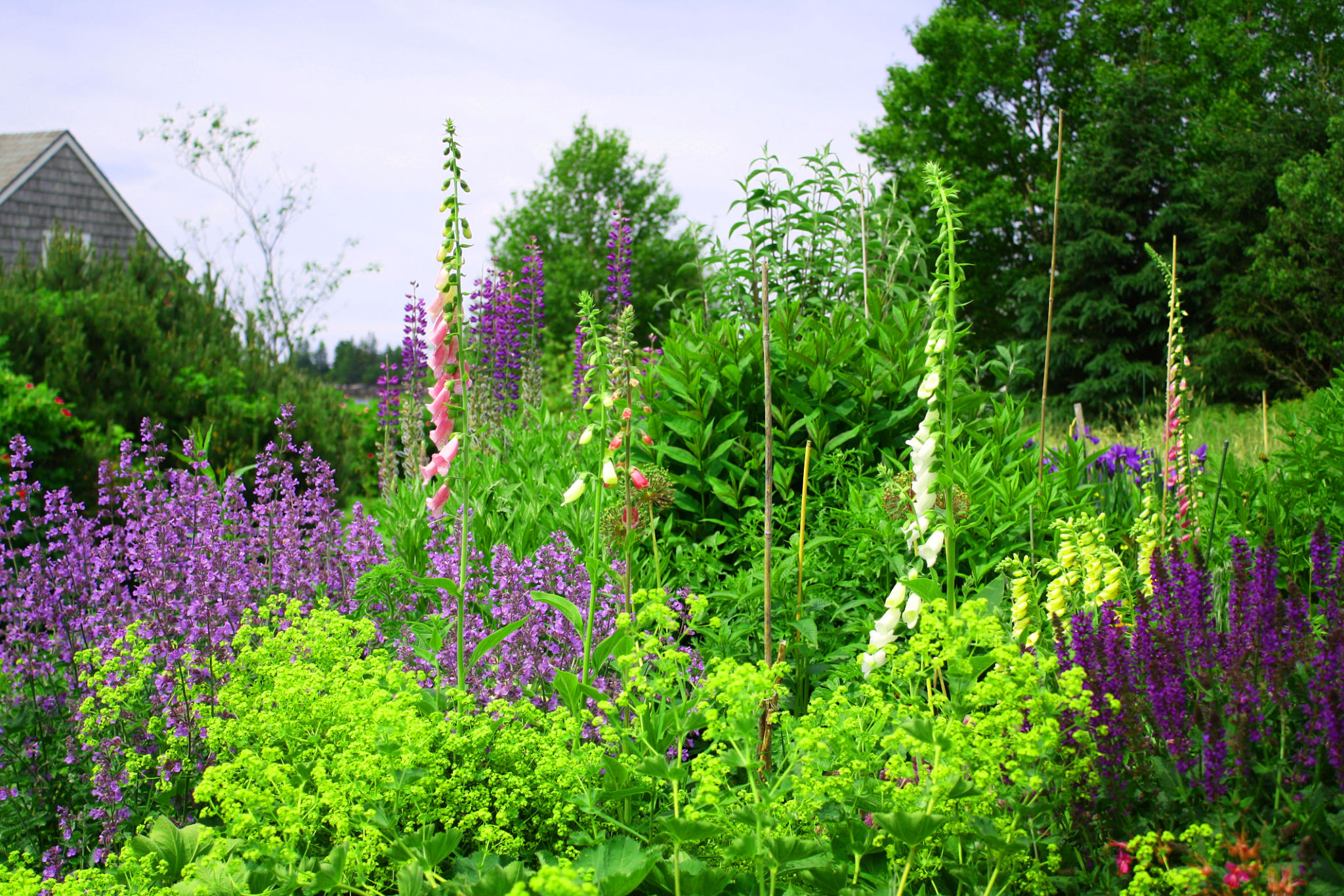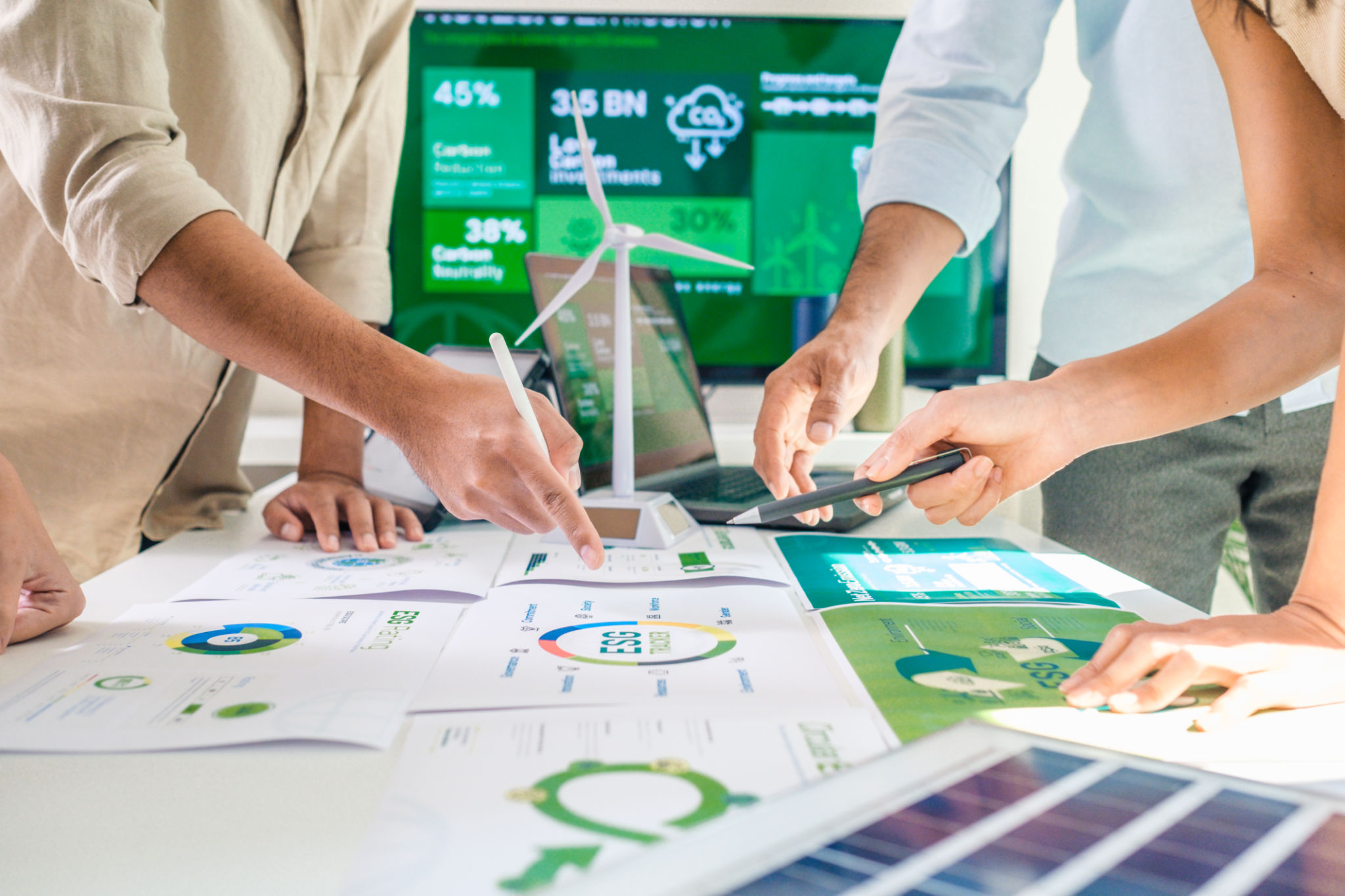Eco-Friendly Landscaping Ideas for New Constructions in Buncombe County
Introduction to Eco-Friendly Landscaping
As Buncombe County continues to grow, new constructions are on the rise. With this growth comes an opportunity to implement eco-friendly landscaping practices that not only enhance the beauty of the area but also support the local environment. By incorporating sustainable techniques, homeowners and developers can create landscapes that conserve water, reduce waste, and provide habitat for local wildlife.
Eco-friendly landscaping involves using native plants, efficient water management systems, and environmentally conscious materials. These practices not only contribute to a healthier ecosystem but also offer long-term cost savings and aesthetic benefits.

Choosing Native Plants
One of the most effective ways to create an eco-friendly landscape is by choosing native plants. These plants are naturally adapted to the local climate and soil conditions, requiring less water and maintenance. Native plants also provide essential resources for local wildlife, including pollinators such as bees and butterflies.
In Buncombe County, popular native plants include Mountain Laurel, Eastern Redbud, and Black-eyed Susan. Incorporating these into your landscape design can help reduce the need for fertilizers and pesticides while promoting biodiversity.
Benefits of Native Plants
- Require less water and maintenance
- Support local wildlife and pollinators
- Resistant to local pests and diseases
- Enhance the natural beauty of the area

Water Conservation Techniques
Water is a precious resource, and conserving it is crucial in eco-friendly landscaping. Implementing water-efficient systems can significantly reduce water usage without compromising the health of your plants.
Drip irrigation systems are an excellent option as they deliver water directly to the plant roots, minimizing evaporation and runoff. Additionally, rainwater harvesting systems can be installed to collect and store rainwater for later use in irrigation.
Xeriscaping
Xeriscaping is a landscaping method that emphasizes the use of drought-tolerant plants and efficient irrigation practices. By designing your landscape with xeriscaping principles in mind, you can create a beautiful garden that thrives in Buncombe County's climate while conserving water.

Using Sustainable Materials
Incorporating sustainable materials into your landscape design is another way to enhance the eco-friendliness of your property. Opt for materials that are recycled, reclaimed, or locally sourced to reduce environmental impact.
Consider using permeable paving materials for pathways and driveways. These allow rainwater to seep through, reducing runoff and promoting groundwater recharge. Other sustainable options include recycled wood for decking and furniture, as well as natural stone for retaining walls and borders.
Composting and Mulching
Creating a composting system in your garden is a fantastic way to recycle organic waste into nutrient-rich soil. Composting not only reduces waste but also improves soil health, which can lead to healthier plants.
Mulching is another effective practice that helps retain soil moisture, suppress weeds, and prevent erosion. Using organic mulch made from wood chips or straw further enhances its environmental benefits.

Conclusion: Embracing Eco-Friendly Practices
By embracing eco-friendly landscaping practices in new constructions across Buncombe County, homeowners and developers can make a positive impact on the environment while enhancing their property's aesthetic appeal. From selecting native plants to implementing water conservation techniques and using sustainable materials, each step contributes to a healthier, more sustainable landscape.
As we continue to develop our communities, let's prioritize sustainability and environmental stewardship in our landscaping choices. Together, we can create beautiful spaces that support both human needs and the natural world.
